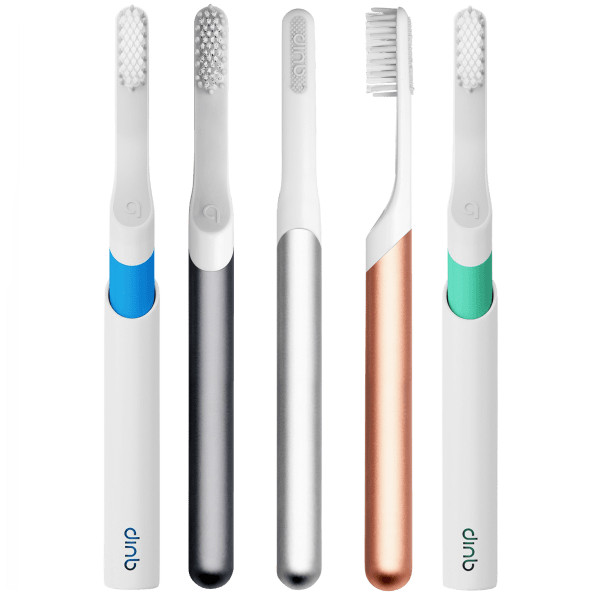


That said, if you don’t want to deal with canceling or changing a subscription-or if you are already a fastidious brusher who replaces your toothbrush regularly-you may be better off just picking up an ADA-approved brush at the store. The ADA also recommends changing your brush every three to four months, or whenever the bristles are “visibly matted or frayed.” If you have trouble staying on top of this yourself, an electric toothbrush subscription-which generally sends replacement heads every three months or on a customized schedule-can help. Yet according to the American Dental Association, most people don’t brush their teeth for long enough, averaging about 45 seconds a session, and many press too hard while brushing, which can damage gums and tooth enamel over time. One of the most important things you can do to keep your teeth and gums healthy is to brush your teeth twice a day for at least 2 minutes at a time. Is a Toothbrush Subscription Right for You? Some services also offer refills of additional products, such as toothpaste and floss.īut will one of these services really make sense for you? CR took a close look and conducted a study with Quip and Burst subscribers to help consumers figure out whether an electric toothbrush subscription might be a good fit. Learn more.Īdvertised as a convenient “set it and forget it” option that takes the guesswork out of when to replace your brush head, electric toothbrush subscription services such as Quip and Burst work on a simple premise: Customers pay an initial fee for their first complete brush set, then receive replacement heads on a regular basis for a set fee. 100% of the fees we collect are used to support our nonprofit mission. When you shop through retailer links on our site, we may earn affiliate commissions. Consumer Reports has no financial relationship with advertisers on this site.


 0 kommentar(er)
0 kommentar(er)
